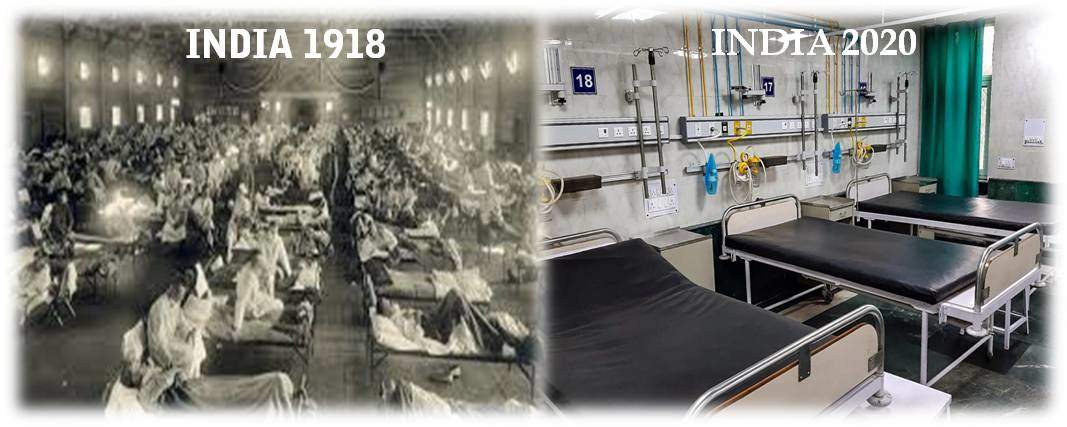India faced its worst epidemic in 1918 - What will it be now, a Century down the line
We can’t be assured of the statement that weather will take care of things
We need to prepare our health centers for extensive testing
It is the time to be positive and aware. Fear and paranoia are not effective measures, awareness and self-care is
India was the worst affected in the influenza epidemic, which hit Indian shores a century ago in the month of July 1918.
Chinmay, an economic historian at the Indian Institute of Management, Ahmedabad, took it upon himself to shuffle through the old records, as the Coronavirus hit India, earlier this month.
It all began in the last week of June 1918, when the Times of India reported a story of a "fever epidemic" that was sweeping through Bombay. Offices realised that most of their staff were taking sick leave, while workshops and factories were shutting down. The news article merely said that there was no need to worry and all they needed to do was to be at home and rest. No one realised the magnitude of what was unfolding.
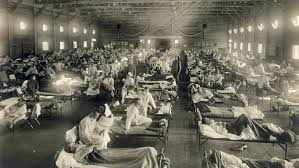
What had happened was that a novel flu virus had entered the shores of Bombay from Spain, when ships docked at the ports city. In a matter of three weeks, the illness of which no one had any idea about, had spread to Allahabad and Madras (now Chennai).
Within three months, i.e. by October 1918, the healthcare system in Bombay had crashed. People were asked to organize self help and take of themselves as there were no hospital spaces to take care of them..
Though we have come to understand that the technology advances, awareness among the public, and modern medicine will not permit such a situation as over a century ago, we still need to take the century old story into perspective and understand what happens when an unprepared country stares at an infectious pandemic.
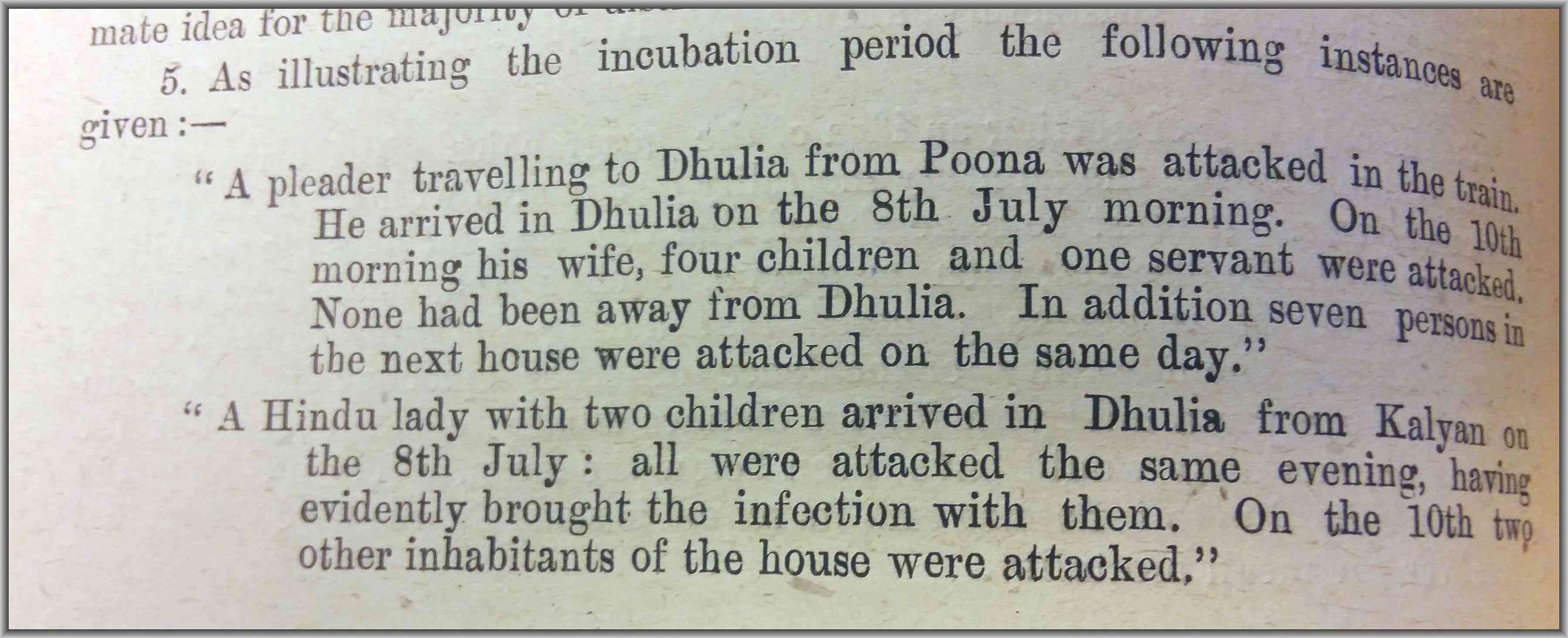
A few months as 1918 progressed, India saw an estimated casualty of 20 million Indians, which was a fifth of the global death toll making it the worst affected country.
The epidemic took its toll from the shores of the Arabian Sea to the banks of Ganga. The ghat along the holy river ran out of wood as the bodies piled up. Renowned poet Nirala mentions this situation in his works.
Mahatma Gandhi and Munshi Premchand were among the prominent citizens who were suspected to have fallen sick, but then recovered. The economy was in ruins (check this weeks Sensex).
The World War or the Bengal famine stood small as compared to the devastation caused in 1918. India, in the last 120 years was the most affected in 1918. The recorded growth in Real Gross GDP was the lowest (-10.5%) and inflation was at an all-time high.
India needs to gear up for something similar. Infection is bound to spread and economic growth will take a hit. How much of that happens depends on the effectiveness of the governments’ containment measures. Though travel bans have been put in place, what is already inside is nobody’s guess.
No other virus was as infectious and dangerous as the one that came in 1918 and went after devastating the country, as shown by a full reconstruction of the virus in 2015.
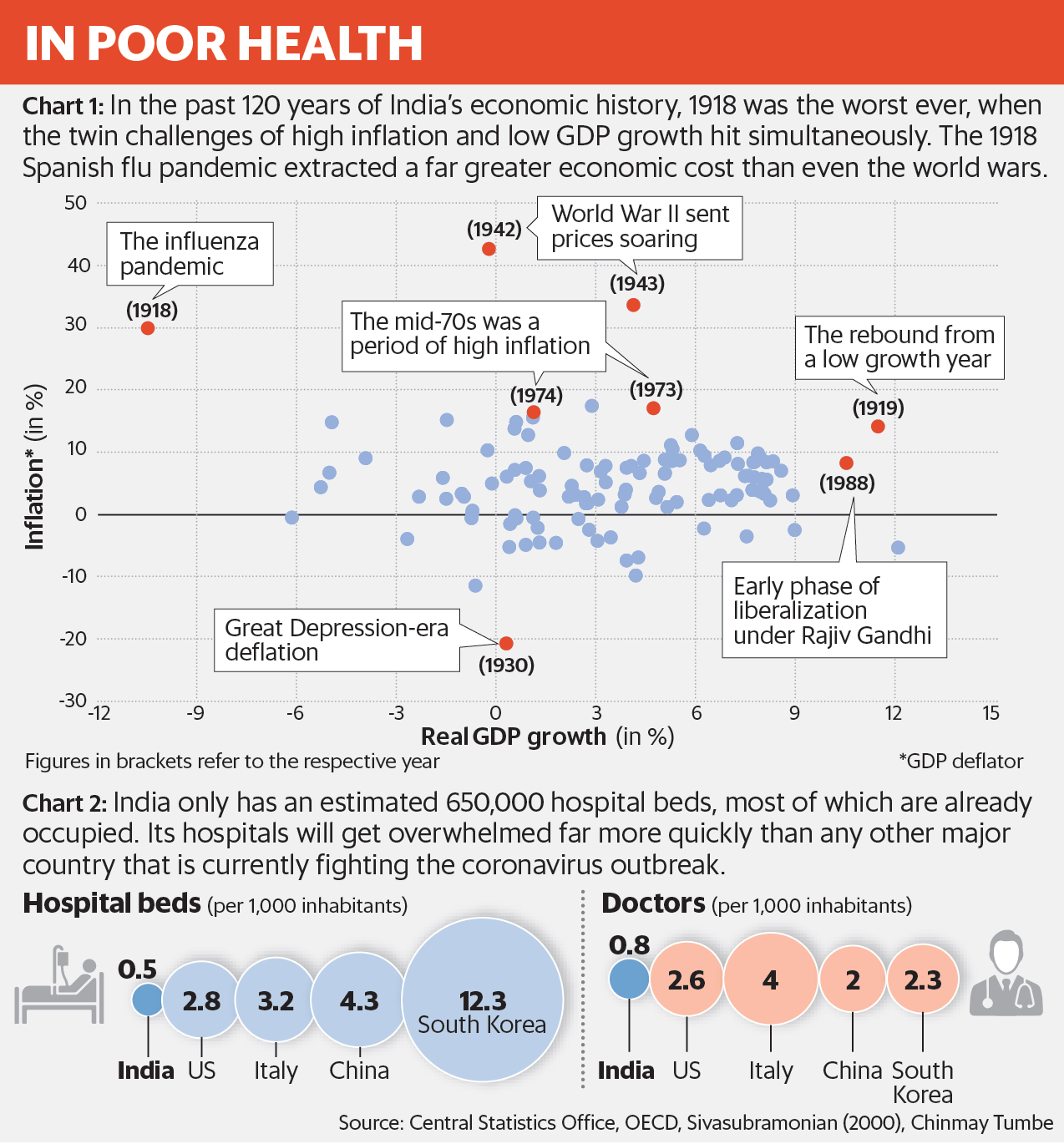
The disease seemed to have emerged in Spain, but the infections in the military camps in Britain, Germany, France and US were kept under folds to keep the morale of the forces high during the World War I. Why it was called the Spanish Flu was because Spain, which was not a party in the war, reported the epidemic accurately.
The Spanish Flu was caused by an avian origin H1N1 virus, affecting a third of the worlds population and caused nearly 5 Crore deaths worldwide, most being those in the age group of 20 and 30 – the active population. THE FIRST PHASE AFFECTED THE AGED AND THE SICK, WHILE THE SECOND WAVE FROM AUGUST 1918 AFFECTED THE STRONGER YOUNGER ADULTS.
If 1918 is studies as the worst-case scenario, how well should India prepare for this pandemic at its doorstep.
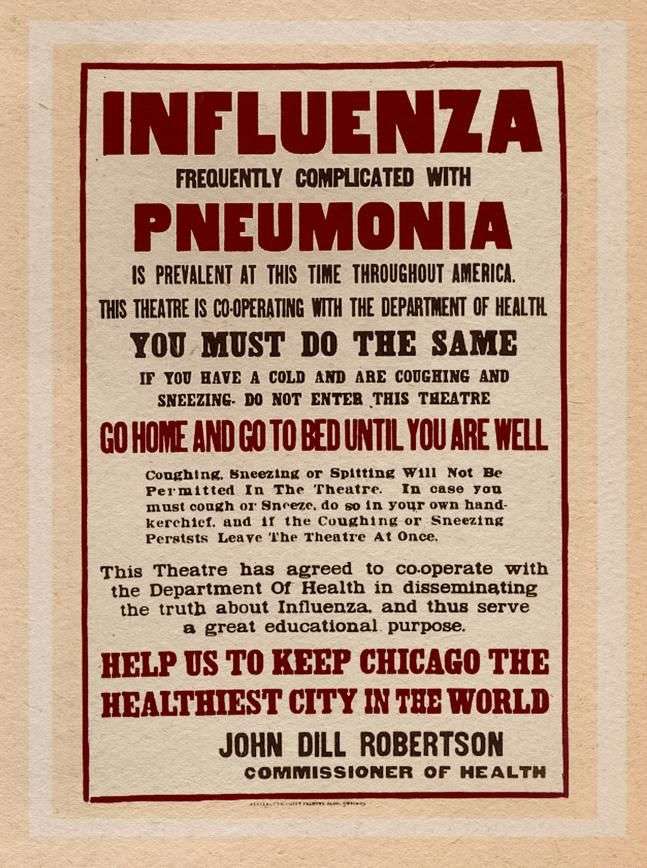
HOW INDIA IS PREPARING AND WHAT IT NEEDS TO EXPLICITLY FOCUS ON
The strange caller tune on phones is barely sufficient. IPL has shut down, cities and states are calling for a lock down, public places are being shutdown, gatherings are being discouraged and mandatorily banned. We are heading to a lockdown in the top cities of India in the coming days.
An information and awareness campaign on basic hygiene needs to be circulated effectively across. Micro management is the need of the hour. Individual preparedness, home preparedness and care, societal support, community awareness, city/town/village level awareness, prevention and care are really important as the information and awareness is spreading a 100 times much faster than it did in the earlier years.
The coming impact is looming large. It is no longer an IF… it is simple WHEN. We are closely moving towards an era when no flights will be operating, no movement across, no malls, no theatres, no picnics, no events.
We can’t be assured of the statement that weather will take care of things… if this was the case, tropical countries like Philippines and Singapore would not have been affected.
Due to 1918, India reported its first negative census. In 2020 it may be more socio-economical and not political.
It is the time to be positive and aware. Once again, a lot of care at individual levels, at micro level, will go a long way in supporting whatever efforts are being made by the government to control and contain. Fear and paranoia are not effective, awareness and self-care is.
Source Courtesy: LIVEMINT
To join us on Facebook Click Here and Subscribe to UdaipurTimes Broadcast channels on GoogleNews | Telegram | Signal



